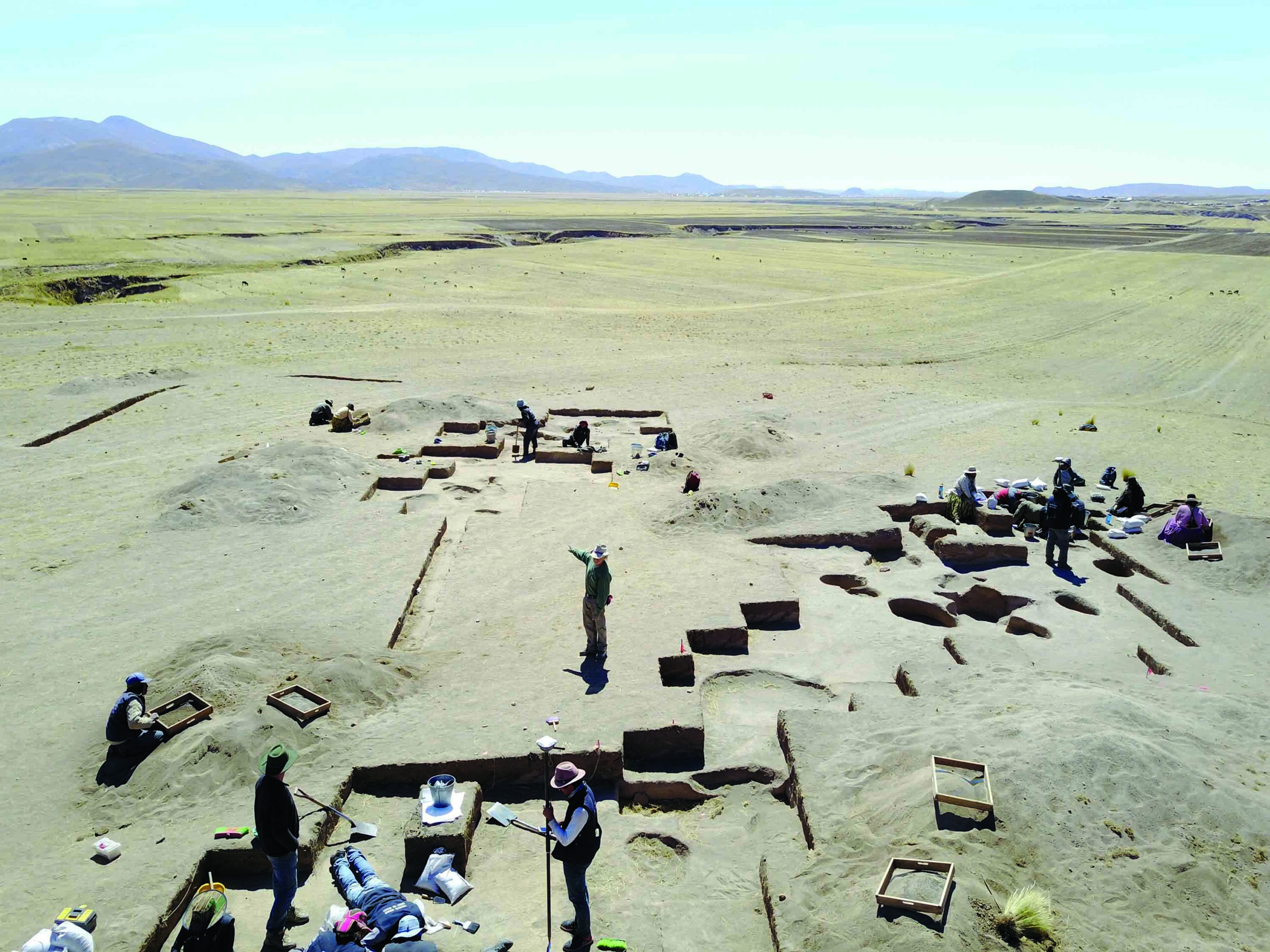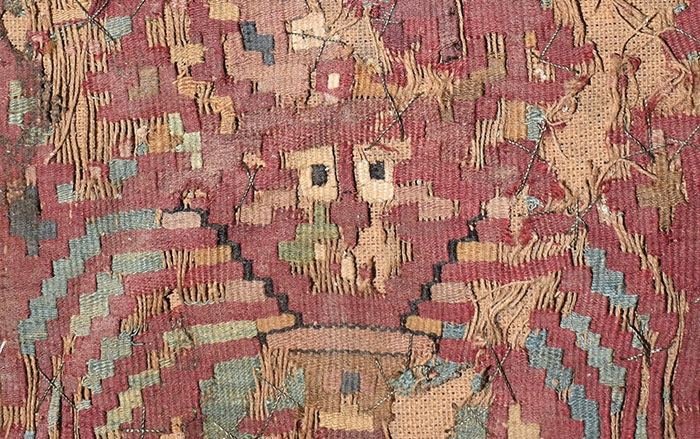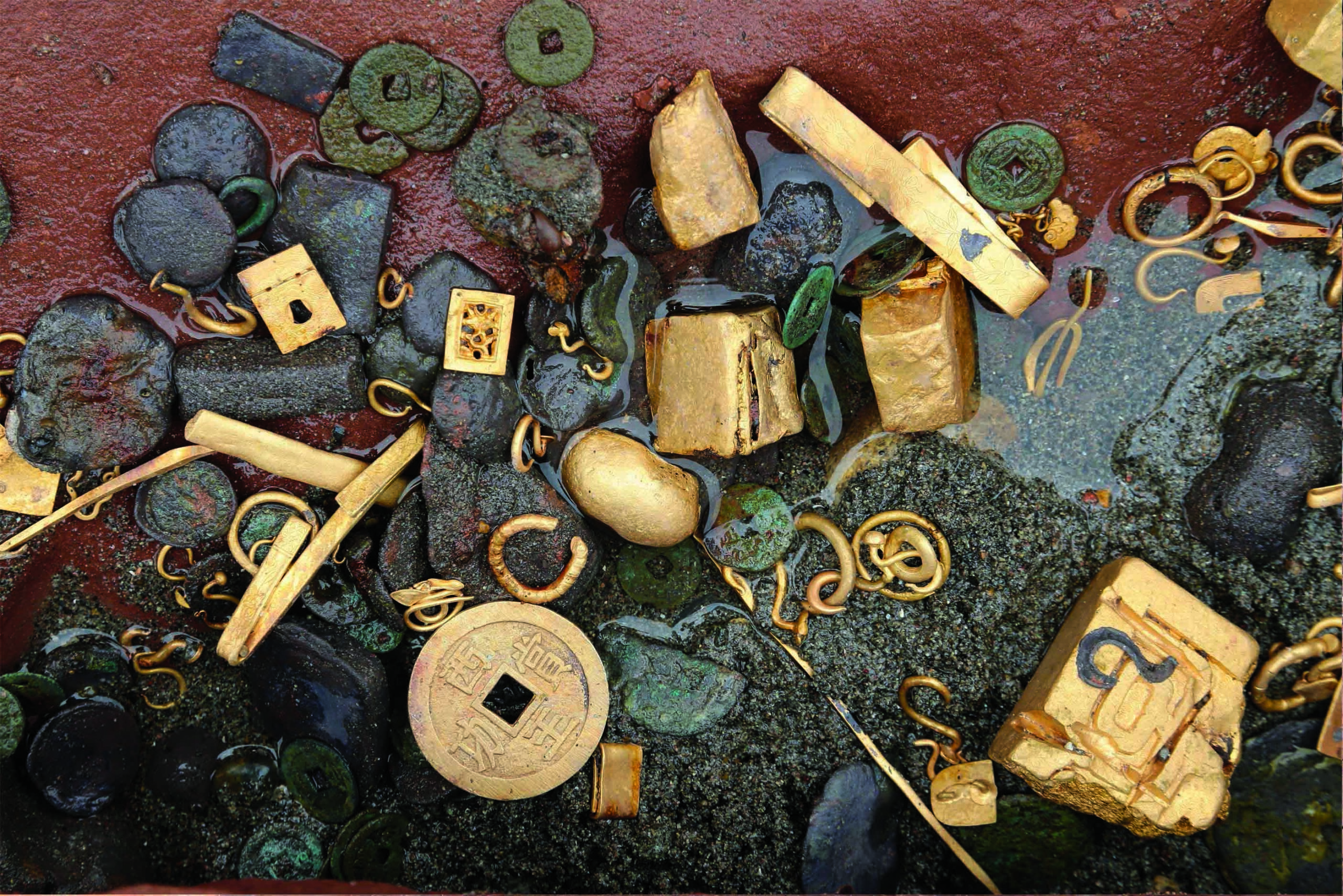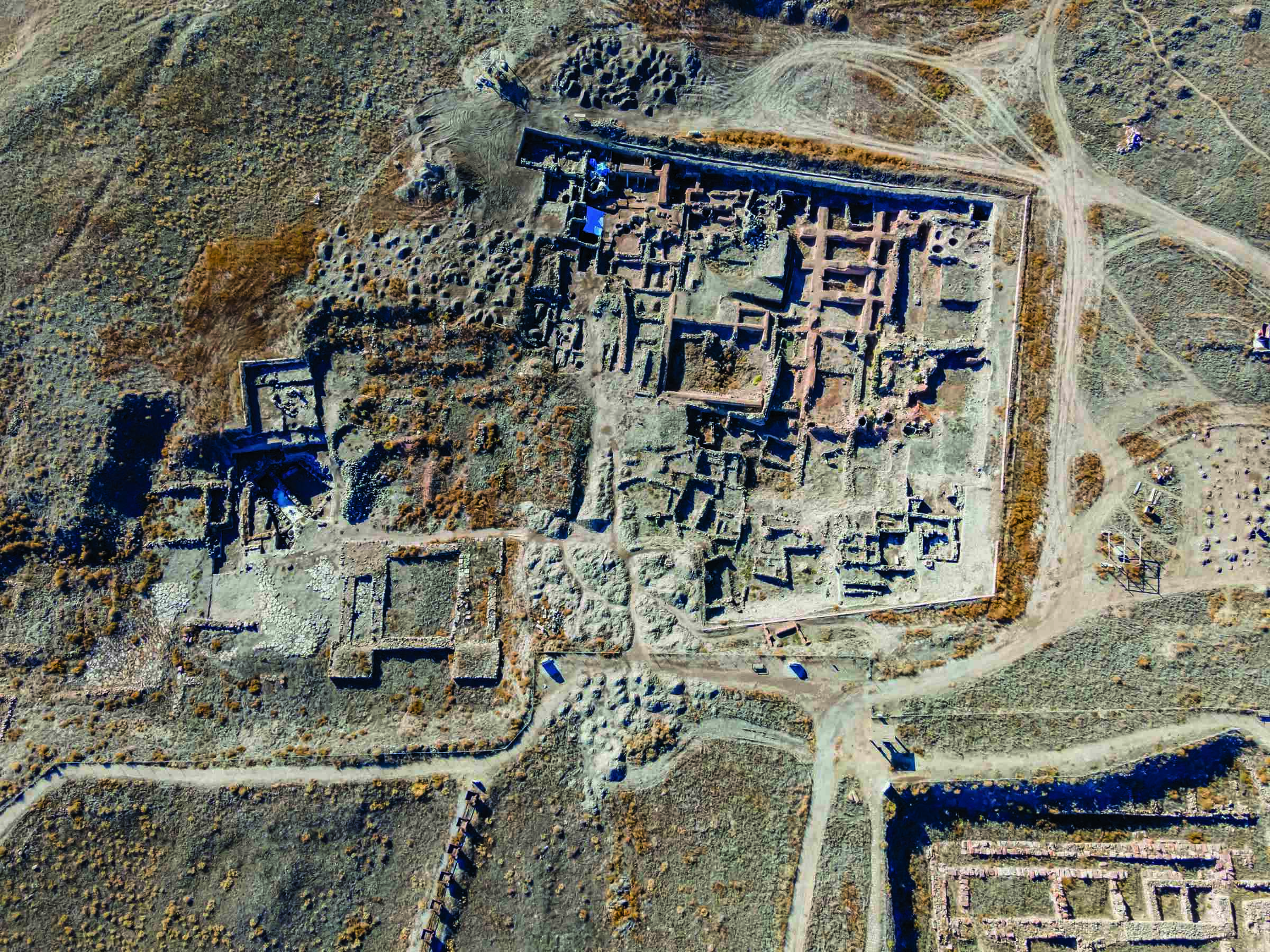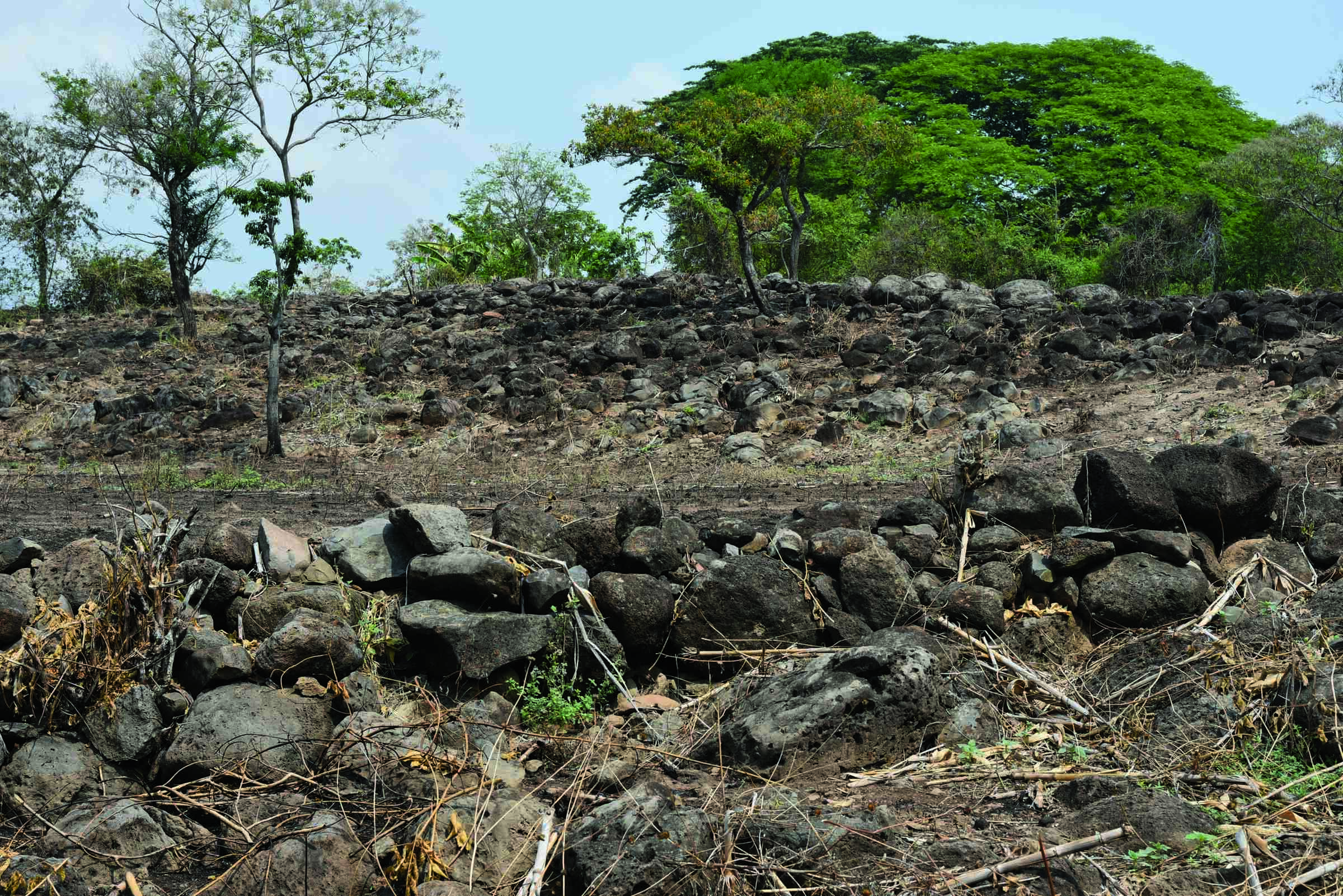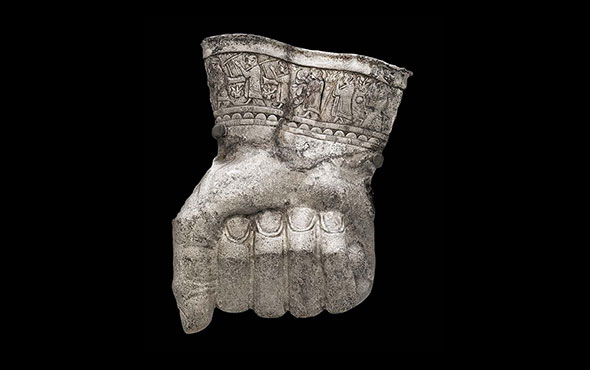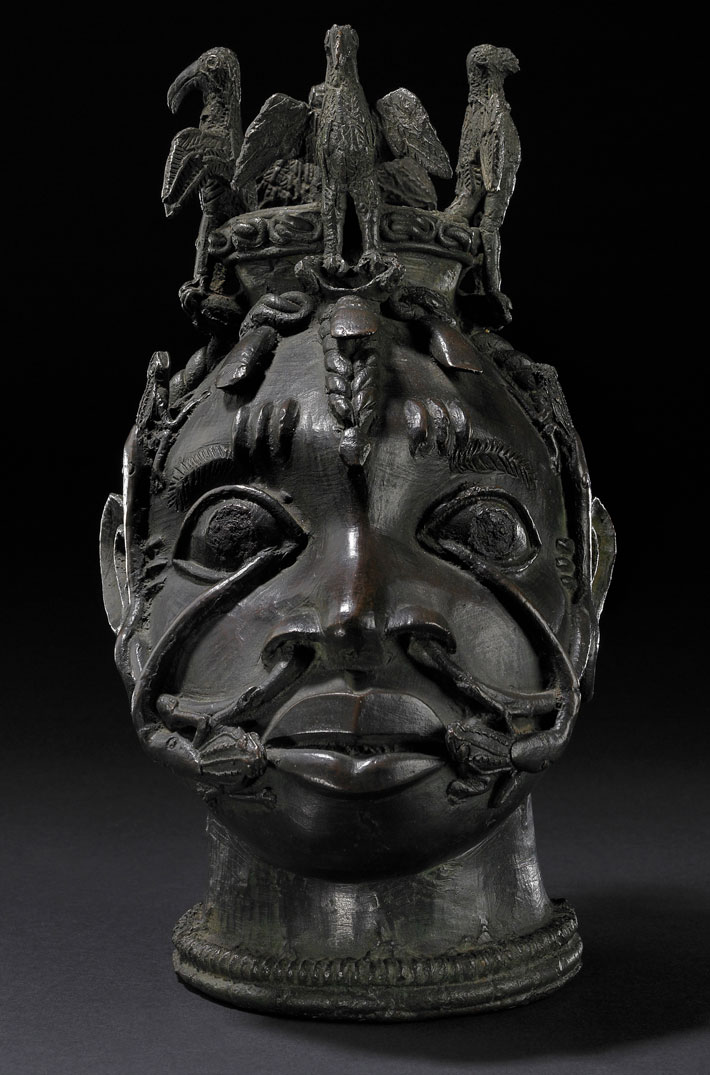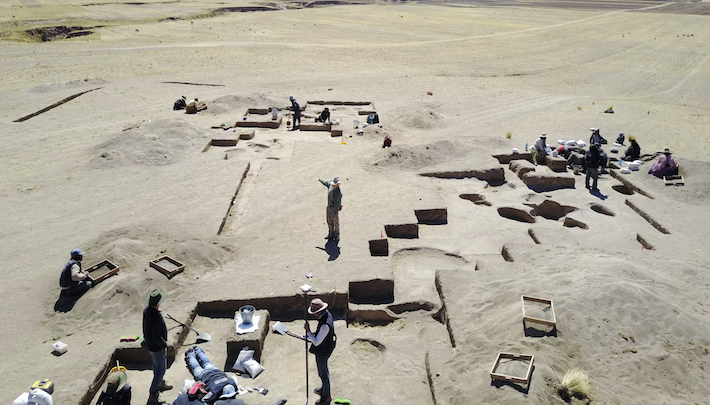
LARAMIE, WYOMING—The Guardian reports that analysis of the levels of carbon and nitrogen isotopes in bone samples taken from the remains of 24 people who had been interred in the Wilamaya Patjxa and Soro Mik’aya Patjxa burial sites in the Andes Mountains between 9,000 and 6,500 years ago suggests that they consumed a diet based upon wild potatoes and other root vegetables. “Our analysis shows that the diets were composed of 80 percent plant matter and 20 percent meat,” said research team member Randy Haas of the University of Wyoming. Jennifer Chen of Penn State University added that burnt plant remains have also been found at the sites, and wear and tear on the teeth of some of the people in the study shows that they consumed many tubers. The researchers determined that the meat that was eaten likely came from large mammals, such as deer or llamas, based on a comparison of the levels of carbon and nitrogen isotopes in the human bones with those of local animals. Read the original scholarly article about this research in PLOS ONE. To read about another discovery from the site, go to "Lady Killer."


